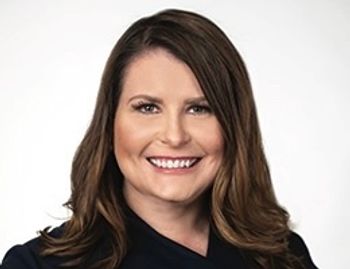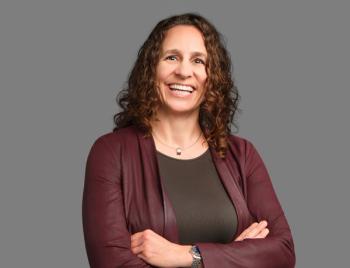
Doctors treating doctors, and the risk of ‘VIP syndrome’
Researchers said some physician-patients were able to get care more quickly and have longer conversations with their doctors. A study may offer lessons for treating patients who aren’t physicians.
When doctors treat other doctors, they provide attention and services they don’t offer other patients, a new study suggests.
Researchers from Emory University performed a qualitative study, interviewing 21 doctors about their experience treating physician-patients. The study was published in
Seventeen of the 21 doctors (81%) said the physician-patients “were able to obtain certain privileges that other patients would not be given,” the authors wrote.
The researchers said they wanted to assess “VIP syndrome” when doctors treat fellow physicians. The findings suggest “physicians who treat other physicians may be at risk of VIP syndrome,” the authors wrote.
None of the doctors said they changed their treatment plans when treating doctors, but the responses still indicated physicians could use more guidance in caring for doctors.
Most doctors said their physician-patients were able to receive care more quickly. Doctor-patients also were able to get the personal contact information of the physicians offering treatment. About half of the doctors said they spent more time with their physician-patients than their typical patients.
And given their medical knowledge, the physician-patients could obviously have deeper and more detailed conversations about treatment.
“When physicians treat other physicians, the physician-patients may obtain privileges unavailable to patients who are not physicians,” the authors wrote. “Therefore, guidelines to help physicians navigate the complex relationships between themselves and their physician-patients are needed to ensure equitable outcomes between physician and nonphysician patients.”
While most of the physicians said their doctor-patients enjoyed some benefits other patients wouldn’t receive, they offered some different perspectives.
Of the 17 doctors who acknowledged giving their physician-payments some preferential treatment, five expressed empathy for the difficulties the typical patient has in navigating the healthcare system, utilizing available resources, and advocating for themselves.
Six of those 17 doctors said they saw no problem in offering extra benefits and weren’t conflicted by it, saying giving those extra privileges is “taking care of our own,” the authors wrote. They viewed the privileges as advantages of knowing the healthcare system, and said the physician-patients ultimately received the same care as any patient.
It’s long been said that doctors make the worst patients, and while that may or may not be true, physicians can pose challenges when they are patients.
Eleven of the 21 doctors who participated in the study said their physician-patients tried to dictate their own care. One doctor expressed concern about their physician-patient abusing their privilege by trying to arrange their own treatment.
Several doctors said they would use, or have used, professional privileges for their own treatment needs, such as calling the physician directly instead of using the call center.
The researchers didn’t look at outcomes in their study. The authors noted it may be worth examining the treatments and tests offered to physician-patients and a group of typical patients, which would allow for an analysis of outcomes.
“This type of study would do much to advance our understanding of the presence of VIP syndrome in physician-patient care and could inform the creation of educational modules to address problems identified, including the treating physician’s blindness to his or her own deviations from prescribing SOC (standard of care) tests and treatments,” the authors wrote.
The study was split fairly evenly between male and female doctors: 11 men and 10 female. Eleven of the 21 doctors were white, and 15 of the doctors were under 49 years old. All of the doctors who took part in the study had experience treating more than one physician-patient.
The interviews were conducted from Dec. 1, 2021 through Feb. 28, 2022.






















































































